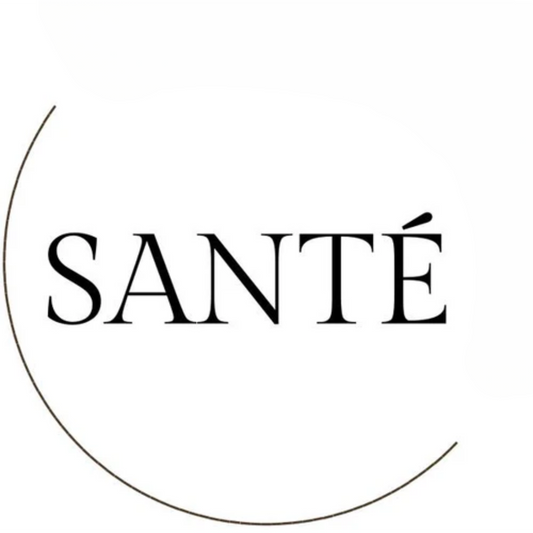Geranium Pelargonium graveolens
Geranium Pelargonium graveolens
A member of the Pelargonium genus, geranium is grown for its beauty and is a staple of the perfume industry. While there are over 200 different varieties of Pelargonium flowers, only a few are used as essential oils. Uses of Geranium essential oil date back to ancient Egypt when Egyptians used Geranium oil to beautify the appearance of skin. In the Victorian era, fresh geranium leaves were placed at formal dining tables as decorative pieces and to be consumed as a fresh sprig if desired; in fact, the edible leaves and flowers of the plant are often used in desserts, cakes, jellies, and teas. As an essential oil, Geranium has been used to promote the appearance of clear skin and healthy hair—making it ideal for skin and hair care products. The aroma helps promote a feeling of calm and balance.
Uses
- Use in an aromatherapy steam facial to help beautify the appearance of skin.
- Add a drop to your moisturiser to make skin feel smoother.
- Geranium is great for both dry and oily hair. Apply a few drops to your shampoo or conditioner bottle, or make your own deep hair conditioner.
- Diffuse aromatically for a calming aroma. Blends well with Juniper Berry, Blue Tansy and Ylang Ylang essential oils.
Directions for Use
Diffusion: Use three to four drops in the diffuser of choice.
Topical use: Apply one to two drops to desired area. Dilute with a carrier oil to minimise any skin sensitivity. See additional precautions below.
Cautions
Keep out of reach of children. Possible skin sensitivity. Avoid contact with eyes, inner ears, and sensitive areas. If you are pregnant, nursing, or under a doctor’s care, consult your physician.
Primary Benefits
- Promotes the appearance of clear, healthy looking skin.
- Gives hair a vibrant, healthy looking glow.
Aromatic Description
Herbaceous, green, floral, sweet, dry
Collection Method
Steam distillation
Plant Part
Flower/Leaf
Main Constituents
Citronellol, citronellyl formate, geraniol
Shipping cost is based on weight. Just add products to your cart and use the Shipping Calculator to see the shipping price.
We want you to be 100% satisfied with your purchase. Items can be returned or exchanged within 30 days of delivery.





